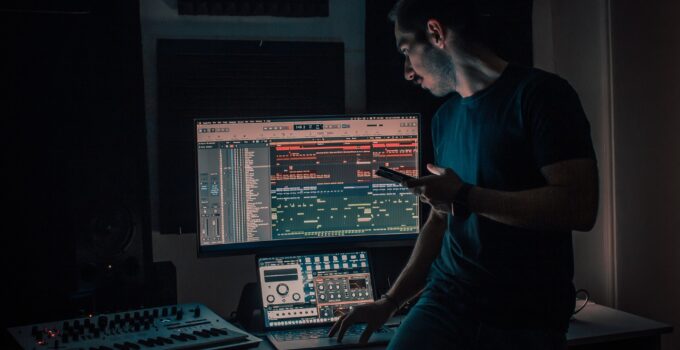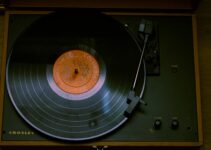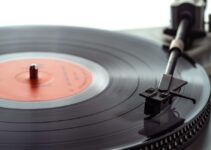Chasing your passion and finally doing that thing you have always wanted feels liberating and exciting. When you have enough time and money on your hand to transform your favorite pastime activity into a potential career, your life truly begins. Too many people work jobs they care nothing about, which is why the old saying states that doing what you love does not even feel like work. It is a hobby you can live off of. This is how most music producers start off.
Starting a Home Studio
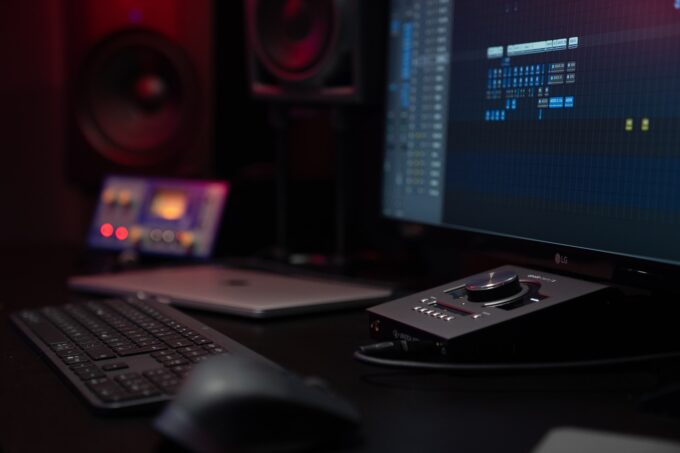
Source: unsplash.com
For various reasons, amateur music producers with big dreams cannot start a home studio as soon as they want to. However, with time, it becomes possible. This is especially the case now when technology is improving faster than ever and when there is hardware available for all the different price ranges. The best thing about home studios is the fact that it does not have to be much for the producer to do his or her job well. Some basic gear is already plenty for the first couple of years.
Getting the Gear
Speaking of home music studio gear, there is quite a lot to talk about. However, most of the things come later, sometime down the line when you become more than an amateur enthusiast but a producer who can afford a living working what they adore. Owning a quality computer goes without saying. You cannot do anything without an above-average rig that can handle all the software at once. But that is a basic piece of gear everyone starts with. The true test comes when you get to the monitors. How many do you need, what do you need them for, and what type should you get for a home studio? In the next few paragraphs we talk about this very thing so stick with us. What is more, make sure to check out ericsardinas for more on music studio gear.
What are Studio Monitors?
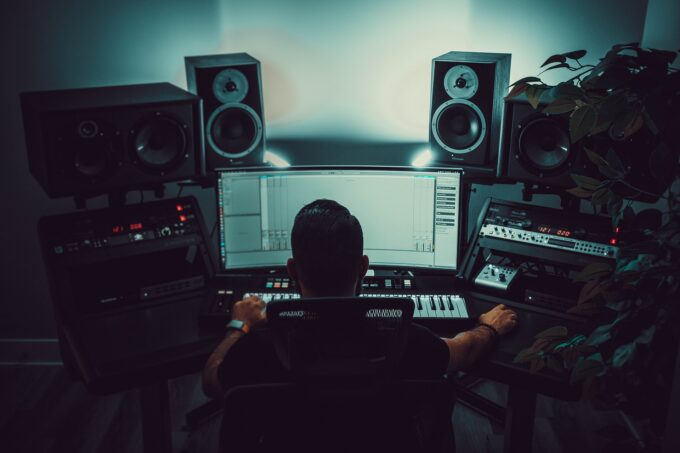
Source: unsplash.com
In the general sense of the word, monitors are the same as displays or screens, which prompts many newcomers to be confused when they are told they need some for their studio. Doesn’t my computer already come with a monitor? Actually, studio monitors are large, professional tier speakers that are used to master and mix tracks. When you are doing this at home you need a set of quality monitors to help you. They are not the same as regular speakers, which is why the pros in the industry do not even refer to them as such. Studio monitors can render the sound as true to how they should sound naturally as possible. If the track sounds good on the monitor(s) and all of its different aspects like the vocals, instruments, or the drums are as the producer intended, the same will be true for any other sound installation or playback equipment. What this means is that monitors are the essential part of any studio, professional and big or home-based and small.
How Many Do You Need?
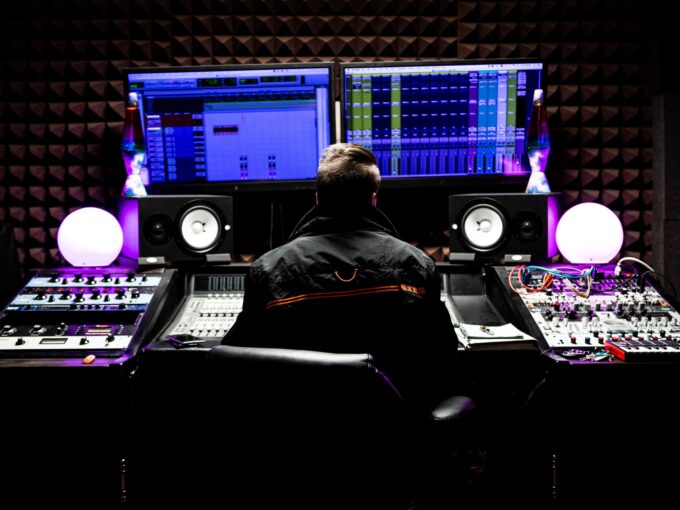
Source: unsplash.com
Now we come to the most important part of the article, the number of monitors you need in your home music studio. You should know that most monitors are sold invidiously because it makes more sense this way. Not every studio requires the same amount so it does not make sense to sell them in sets like other types of speakers. There are sets of course, but they are usually meant for those who know exactly what they need and how much of it they need. If your goal is music production, you will require good stereo sound in your studio. This means that you should get 2 monitors. Since the bread and butter of every studio is producing music, and the fact that this will make most of your responsibilities, 2 monitors is exactly your target. What is more, since you need two of them, you can brose for sets or at least get two of the same type. You do not want one being stronger or bigger than the other. For optimal performance there needs to be the same quality and amount of sound coming from both sides.
How to Set Them Up
Buying the monitors is only the first step in establishing your studio. There is also the right way of setting them up. Placement in the studio is very important, both for the acoustics and the aesthetic value. The best way to set up the monitor is in an equilateral triangle. We hear you ask what is the other, third thing that makes up the triangle since you are only getting two monitors. Well, it is your head. The monitors should be placed in such a way that they are at least 30 cm away from the wall, and at a 60-degree listening angle. They are both in front of you as you are sitting behind the work station, one to the left and one to the right. There needs to be the same amount of distance from your head and each of the monitor, as well as between the two monitors. The tweeters, as well as the monitors, have to be at your ear height, something which can be achieved with spear stands. Tinker with the right position until you find the sweet spot in the room where you plan to mix and master your tracks.
What Size to Get?
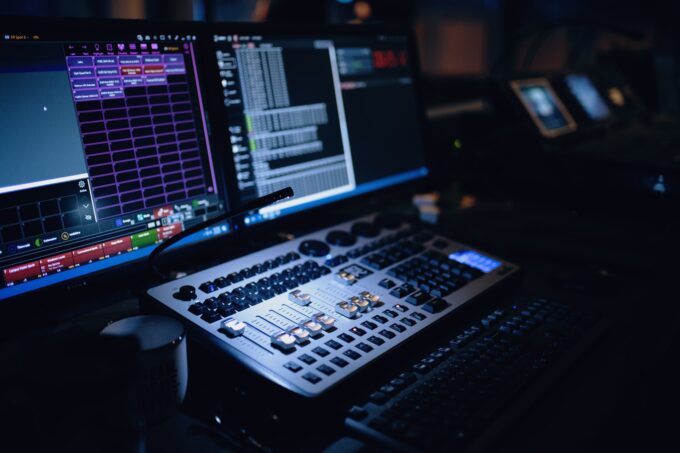
Source: unsplash.com
Last but not least, we need to talk about the size of the monitors you should aim for. They range from small to quite large, but for a home studio you should be somewhere in the middle. Manufacturers sell them in sizes (inches), or rather the inch size of the largest woofer on the monitor. The smaller the woofer is, the smaller the cabinet of the speaker will be. Naturally, the smaller monitors have lower power and are not enough for larger spaces. On the other hand, larger monitors are usually an overkill for smaller studios. If your studio is a true home-based one that is also your room, go with the sizes 4, 5, or 6. If you already have a semi-pro studio that is its own dedicated room, crank it up a bit and browse for sizes 6, 8, and 10.

